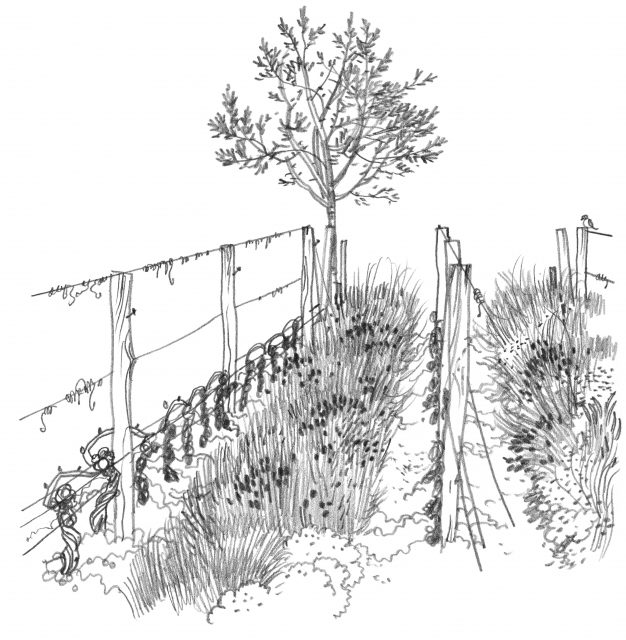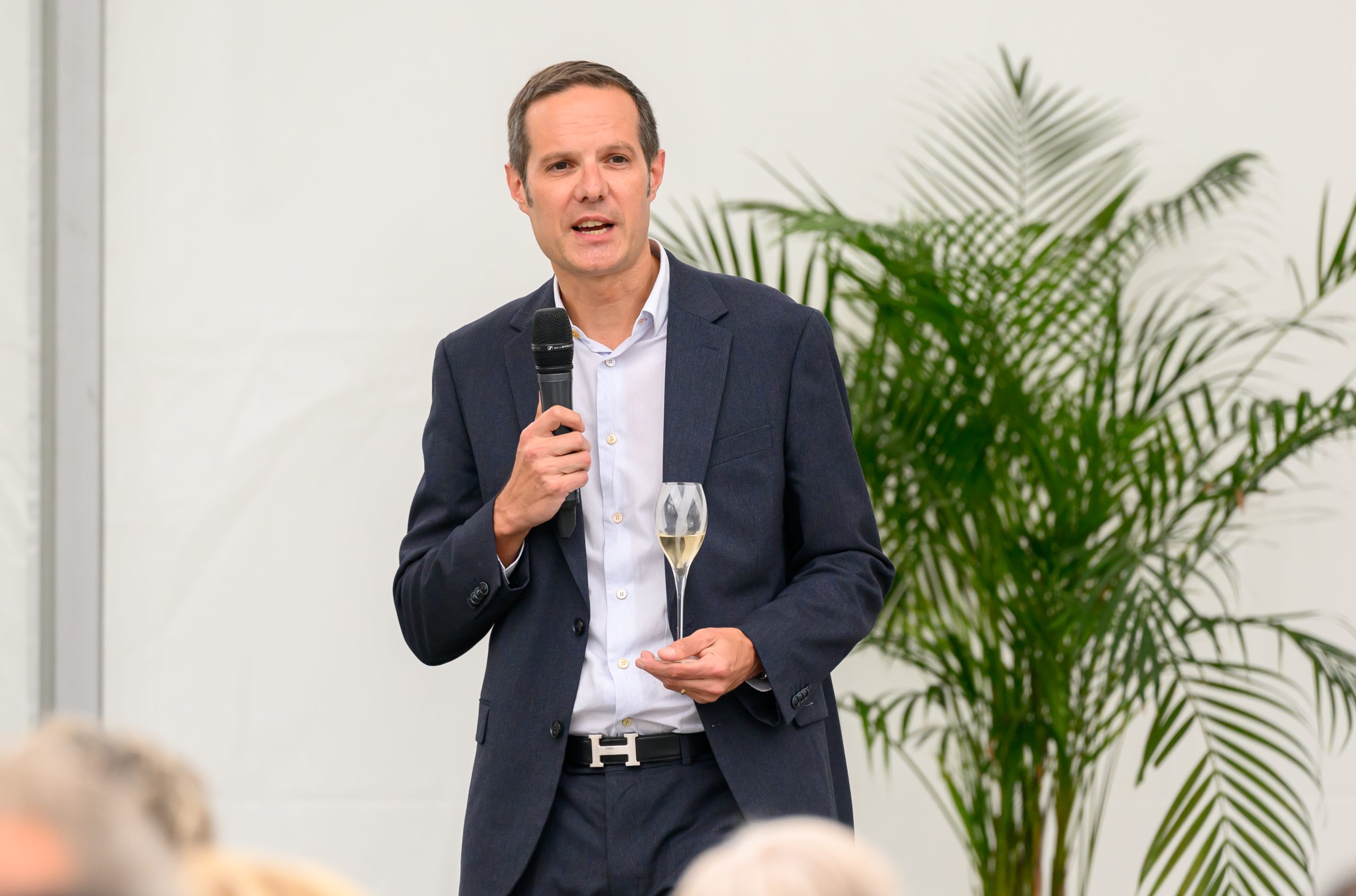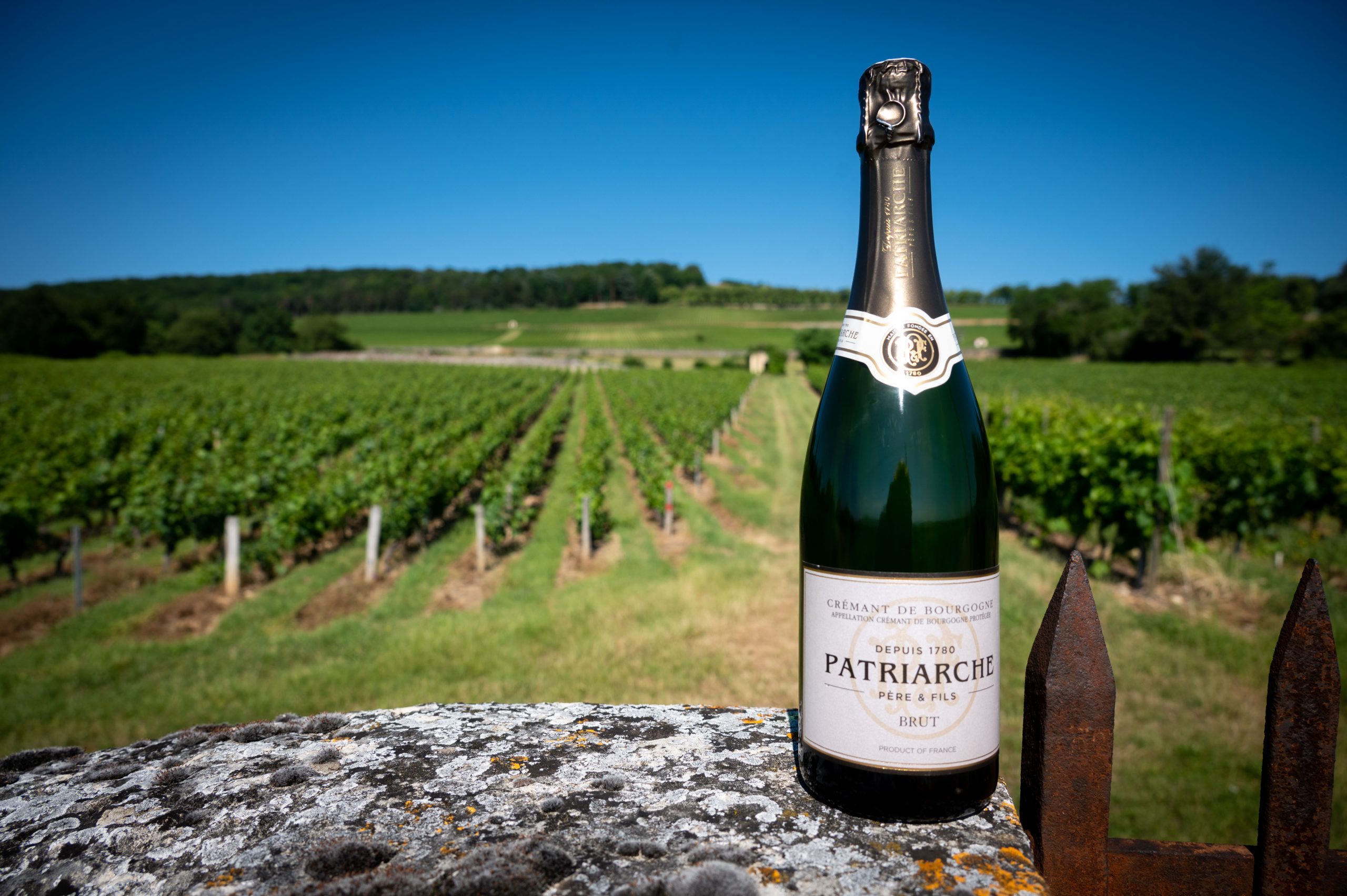A manifesto for our times: Cheval Blanc’s (until now) silent revolution
One of the quiet triumphs of 2021 – not much commented on at the time but likely to prove of enduring significance – was the publication by Cheval Blanc of its manifesto for a more sustainable agroecology.

If you’ve not seen it – and it’s unlikely that you have – you’re probably imagining a short and glossy pamphlet of a few pages proffering many a bon mot and providing very little detail.
But that’s not at all how Cheval Blanc does things these days. This document is much more significant than that – and much more substantial, substantive and significant too.
Published in both French and English, its 85 pages provide a very crisp and clear, cogent and eloquent statement of the philosophy underpinning Cheval Blanc’s approach to the environment in general, and its nurturing of the biodiversity of its own terroirs more specifically. It is a subtle, sophisticated and, in the end, unique call for a turn to the principles of agroecology (and not just in viticulture). It also contains an impressively detailed account of the putting into practice of all of this at Cheval Blanc over the last decade or so – along with much of the underlying science. It warrants close attention and rewards a close reading.
I have visited the property twice in the last six months to see the principles of the manifesto in action and, most recently, had the opportunity to talk at some length to Pierre-Olivier Clouet, Cheval Blanc’s ultra-talented Technical Director, about the project and its philosophy.
We started with the question of the title itself – why a manifesto, why now and for whom was the manifesto written?
Perhaps surprisingly, the document itself was practically written before the title was chosen. The title was a tricky choice. What was required was something capable of capturing and communicating both the ambition and the underlying passion of the project and, at the same time, a sense of the urgency of the task. As the preface explains, “because we believe in the possibility to improve the world of wine, it is both our responsibility and our duty to play a part in building a more sustainable and accountable agricultural model” (p. 5).
The passage is telling above all in making clear the combined sense of responsibility and the need for public accountability that underpins the project. Cheval Blanc’s manifesto is not, and should not be read as, an ‘off-the-shelf’ guide or template for a sustainable viticulture that could easily be embraced and followed by other properties. Rather, it is a public statement of the philosophy that has now shaped and informed Cheval Blanc’s own thinking over at least a decade. It is also a remarkably detailed explanation of the translation and application of the core principles of that philosophy to the vineyard and terroirs of Cheval Blanc itself.
As the preface concludes, “armed with our convictions, passion and a plan of action we are not here to preach or dictate” (p. 5). Though the ambition of the project cannot be understated, there is a refreshing modesty about the way in which it is communicated. Cheval Blanc seeks to avoid simple and trite solutions that might falsely claim a universal applicability. Indeed, insofar as this is a manifesto for a project that might be shared, what it seeks to encourage is not a slavish copying of Cheval Blanc’s own recipe. Rather, it would have achieved its purpose if other properties, perhaps inspired by it, sought to accept and communicate with a similar degree of clarity and accountability, their own acceptance of responsibility for the guardianship of their own ecosystems and terroirs.

But the manifesto is intended not just for fellow wine-makers. As Pierre-Olivier Clouet explained to me, “in drafting the text, we needed something accessible, at the same time, to both the hyper-technician of a grand property as well as to the passionate amateur who opens for the first time a bottle of Beaujolais”. What is remarkable is that, in my judgement at least, it succeeds. It does so, above all, because it is very clear about the philosophy and its core principles, on the one hand, and its vineyard and ecosystem-specific application on the other. That is, in my experience, rare and much to be commended.
Pragmatism and Science
Our conversation turned next to a second very distinct feature of the manifesto – its combination of pragmatism and its very clear scientific grounding. Here, again, Cheval Blanc’s project is singular and unique in my experience.
As Pierre-Olivier Clouet again explained to me, the approach is highly scientific and deploys a clear and explicit comparative methodology.
In short, a series of small blocks of six rows of each varietal and on each soil-type were set apart as scientific ‘controls’ the moment Cheval Blanc embarked clearly on its conversion to the kind of agroecology described in the manifesto (‘T0’). In each control block, vegetal cover was not maintained and no trees were planted. This has allowed the team, working closely with a range of professional scientists, primarily from the Museum of Natural History in Paris and the University of Bordeaux, to observe very closely and by way of a natural experiment, the consequences of Cheval Blanc’s transition and conversion to agroecology – in terms of plant phenology, the ripening, health and aromatic profile of the grapes, the prevalence of pests and ailments, the biodiversity and water-retaining capacity of the soil, and so forth. This major scientific study is ongoing.
Yet, just as interesting in a way, is that Cheval Blanc did not wait for the results of such scientific analyses before committing itself to the principles of agroecology. Unlike many other Bordeaux properties that have moved towards a more sustainable viticulture only after empirical confirmation of the (narrowly viticultural) benefits, the Cheval Blanc team fully and collectively embraced agroecology from the outset.
Partner Content
It did so for two principal reasons. First, as Pierre-Olivier Clouet explained to me in some detail and with considerable passion, the project is – first and foremost – about ecosystemic sustainability and biodiversity. That, in effect, renders the choice a binary one: one is either ‘in’ or ‘out’ – there are no half measures. For it is simply not possible to conduct an experiment to gauge the ecosystemic effects of a transformation of this kind at the sub-ecosystemic level.
Second, it was not for its quantifiable viticultural benefits that agroecology was chosen. The science was always in the service of the philosophy, not the philosophy in the service of the science. That said, the provisional results of the scientific analyses that have thus far been conducted provide clear evidence of precisely such benefits. But it would be misunderstand the project entirely to think that such results were ever a precondition of its continuation.
Eco-System Guardianship
Yet the importance of the science here should not be under-estimated either. For it is a crucial part of the public accountability that Cheval Blanc seeks for its ecosystemic guardianship – the best and most neutral way to establish its effects. It is also integral to the better understanding of the mechanisms in and through the viticultural and wider environmental benefits of agroecology are achieved.
So what then are the central principles of the agroecology now being practiced at Cheval Blanc and how does it work? The core tenets of the manifesto are, in essence, four-fold: polyculture rather than monoculture; the nurturing of biodiversity both above and below the soil; year round vegetal cover; and agroforestry. Though separable, they are interlinked. Each is explained in great detail in the manifesto itself and my task here is not to try to replicate that detail.
Limits of space preclude all but the briefest of accounts. But central to this as a philosophy is the wholesale rejection of the industrial mono-viticultural turn of the post-war period. This in fact relatively recent invention was characterised by the intensive use of herbicides, pesticides and ploughing, combined with the genetic selection of plants to maximise vineyard yields. It is responsible for a catastrophic decline in biodiversity and ecosystemic sustainability, the death of the soil itself and an ever more vicious circle of increasing reliance on chemical interventions to compensate for the absence of any natural balance within the vineyard (and between the vineyard and the wider ecosystem of which it is a part).
Polyculture is, then, a strategy for restoring, nurturing and thereby enhancing biodiversity. As Pierre-Olivier Clouet put it, “this is not about preserving existing biodiversity but about creating, constructing and nurturing it”.
That biodiversity starts with the attempt to breathe fresh life into the soil itself. And that, in turn, entails year-round vegetal cover and agroforestry – the planting of trees within and around the vineyard. Both achieve a similar set of effects: the greater capacity of the soil to retain water; less evaporation during periods of drought and hydric stress; encouragement for the vines to develop more profound root systems which draw their moisture and nutrients from deeper in the sub-soil; greater biodiversity in the soil itself, with a richer and more diverse ecosystem of worms, insects, yeasts, bacteria and mycelia – all of which contribute to root development, water retention and the aeration of a living soil; a self-sustaining and self-fertilising ecosystem reliant on no chemical interventions; and a more diverse ecosystem less prone to the dominance of single species and parasites. Finally, tree canopies provide some protection to the plant from the increasingly brutal excesses of mid- and late-summer heatwaves as well as habitats for a range of species, above and below the soil, enhancing biodiversity.
This works. But, above all, it provides some compensation in a context of sustained and cumulative climate change.
Taste the difference?
So, to pose at last the all-important question, does it change the taste of the wine itself? Is Cheval Blanc different for the team’s conversion to agroecology?
Here, again, Pierre-Olivier Clouet is crystal clear and characteristically eloquent. Cheval Blanc is not a different wine by virtue of its commitment to agroecology; but it would be a different wine were it not committed to agroecology. That may sound cryptic. But in fact the message is very clear, even sanguine. In his own words, “if we do nothing, the taste of Cheval Blanc will change. Because of climate change, we’re going to have more alcohol, more dry tannins, ever riper fruit … we have to change everything if we want nothing to change”. Put slightly differently, in the context of ongoing and accelerating climate change, each of the principles of Cheval Blanc’s agroecology serves to preserve the identity of Cheval Blanc in conditions that would otherwise make that increasingly difficult.
There are in fact two elements to this. First, agroecology, at least as it is now practiced at Cheval Blanc, has effectively reduced the influence of climate change on the wine itself, for many of the reasons already discussed. The result is a wine that remains fresher, brighter, more crystalline and more vibrant that it would otherwise be – and, to date at least, arguably than it has ever been. But, second, agroecology in fact reinforces the identity of the wine in a rather different and somewhat unrelated way. As Pierre-Olivier Clouet again puts it, “to make a great wine is to put a great place in a glass … we are in the process of ensuring that all that there is in a glass of Cheval Blanc comes from that place; that can only reinforce the clarity and identity of our wine-making”.
And there we have it. That is perhaps the crucial point. Even in the absence of climate change, there is something wonderfully compelling and reassuringly authentic about the philosophy so clearly expressed in Cheval Blanc’s manifesto. It is, above all, about increasing the influence of terroir on the wine itself, bringing more of the terroir-specificity of Cheval Blanc to the wine. Cheval Blanc today, it seems to me, is a more authentic expression of the vineyard than it has ever been. Why? Because the vineyard, in turn, becomes a more authentic expression of its terroir when that terroir comes to be seen, understood and managed as a part of a wider, more diverse and sustainable ecosystem.
If Bordeaux is to have a long-term future then it will surely need its fair share of manifestos. What is perhaps most encouraging about this one is that is both so thoroughly authentic and so thoroughly compelling. I only hope that it receives the attention it deserves.
Related news
Castel Group leadership coup escalates
For the twelfth day of Christmas...
Zuccardi Valle de Uco: textured, unique and revolutionary wines




